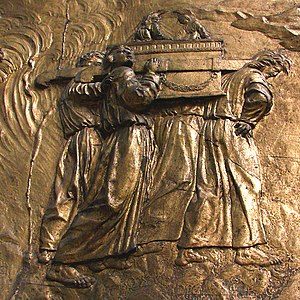 |
| Contemplation (Photo credit: Susan Hall Frazier) |
In the Summer 2012 issue of Tricycle magazine Fleet Maull ponders:
Conventional contemplative wisdom states clearly that the path begins with ourselves, that we have to do our own work of cultivating mindfulness and awareness. We are told that we need to make friends with ourselves and develop loving-kindness and compassion before venturing very far into the sphere of bodhisattva activity or engaged spirituality. But what if this is an unnecessarily limited or even mistaken view? What if the path actually begins with us, the collective us, with interbeing, as Vietnamese peace activist and Zen master Thich Nhat Hahn teaches? What if the paths to both genuine liberation and collective awakening are inseparable and best informed by a social view of spirituality from the beginning?He does not give an answer. I have no idea how we would actually answer any of these questions. How would you answer them?
The thoughts that initially occurred to me centered on the fact that the traditional teachings of contemplative wisdom were framed in historical and cultural context in which the hyper-individualism of many industrialized nation states, particularly the modern United States, was practically unknown.
The basic precepts of Abrahamic and Dharmic teachings (along with other major and minor religious paradigms), which are heavy on ethics, charity, and introspection, would have assumed a more intimate and collectivistic sense of identity and associated relationships. These basic precepts and the teachings in which they were grounded would have been expected then to be worked out in close relationship to others. In fact, virtually all of them must be worked out in relationship to others. You cannot cultivate (or discover) qualities such as mindfulness, loving-kindness, and compassion in a social vacuum.
In that sense, the work one is supposed to do for herself through an exploration of her inner landscape is directly connected to her perceptions of and behaviors in her outer landscape.

